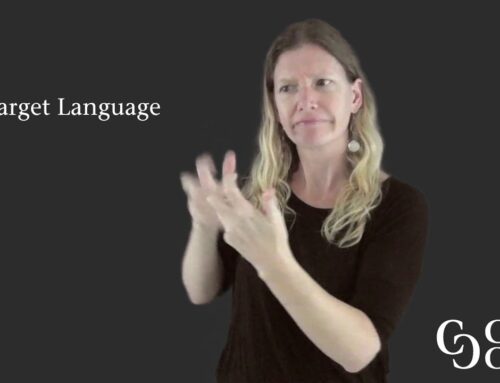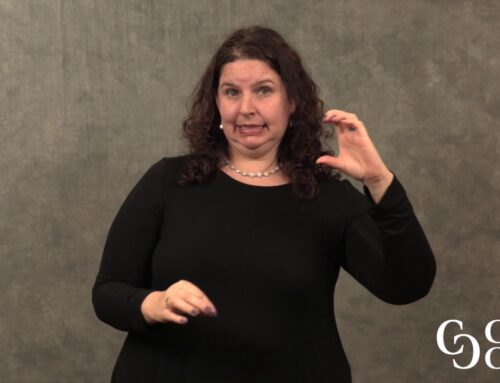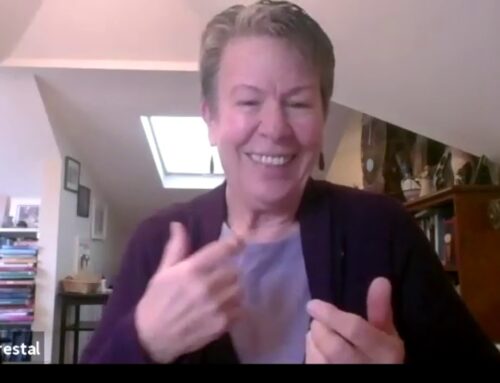Frozen Register
| Definition | Examples |
| This style of communication rarely or never changes and thus is ‘frozen’ in time and content. | Wedding vows, Miranda rights, Lord’s Prayer, Pledge of Allegiance, historical speeches |
Formal Register
| Definition | Examples |
| This language is used in formal settings and is one-way in nature. This use of language usually follows a commonly accepted format. It is usually impersonal and formal. | Speeches, school lessons, sermons, announcements |
Consultative Register
| Definition | Examples |
| This is a standard form of communications. Users engage in a mutually accepted structure of communications. It is formal and societal expectations accompany the users of this speech. | News casting, communications between a superior and a subordinate, doctor & patient, lawyer & client, lawyer & judge, teacher & student |
Casual Register
| Definition | Examples |
| This is informal language used by peers and friends. Slang, vulgarities and colloquialisms are normal. This is “group” language. One must be member to engage in this register. In essence it’s the language between friends. | Loose sentence structure, vernacular speech, buddies, teammates, chats and emails, and blogs |
Intimate Register
| Definition | Examples |
| This communications is private. It is reserved for close family members or intimate people. | Pet names, inside jokes, spouse communication, boyfriend & girlfriend, siblings, parent & children. |
Developed by Paula MacDonald
Time Required for Activity: 30 mins
Competencies Address: English language competency
Aim:
A speaker’s style is determined by a variety of factors including; social occasion, context, purpose, and audience. The degree in which all of these factors combine create the formality of language use or register of language. Therefore register can be assessed based on the unique attributes a speaker uses to communicate. In order for interpreters to effective convey meaning register needs to be assessed and attributes need to be understood.
Objective(s):
Participants will:
- Identify all five categories of language register in English
- Create sample example sentences for each category
Step One: Identify Registers
Write the five categories down in order. Allow participants to share a definition of any category they would like. Provide the definition listed in each category.
Clicking on the button will show the definition and examples for each category.
Step One: Identify Registers
Write the five categories down in order. Allow participants to share a definition of any category they would like. Provide the definition listed in each category.
This is the same information as the first step, but shows it all at once instead of having the interactivity which allows you to use it as a quiz and retrieval activity.
| Register | Definition | Examples |
| Frozen/Static | This style of communication rarely or never changes and thus is ‘frozen’ in time and content. | Wedding vows, Miranda rights, Lord’s Prayer, Pledge of Allegiance, historical speeches |
| Formal | This language is used in formal settings and is one-way in nature. This use of language usually follows a commonly accepted format. It is usually impersonal and formal. | Speeches, school lessons, sermons, announcements |
| Consultative | This is a standard form of communications. Users engage in a mutually accepted structure of communications. It is formal and societal expectations accompany the users of this speech. | News casting, communications between a superior and a subordinate, doctor & patient, lawyer & client, lawyer & judge, teacher & student |
| Casual | This is informal language used by peers and friends. Slang, vulgarities and colloquialisms are normal. This is “group” language. One must be member to engage in this register. In essence it’s the language between friends. | Loose sentence structure, vernacular speech, buddies, teammates, chats and emails, and blogs |
| Intimate | This communications is private. It is reserved for close family members or intimate people. | Pet names, inside jokes, spouse communication, boyfriend & girlfriend, siblings, parent & children. |
Step Two: Discussion
As a group brainstorm about possible examples for each category. Once those have been captured then offer the examples not covered by group discussion.
- Frozen
- Formal
- Consultative
- Informal
- Intimate
Additional Resource
For further discussion, you can use this slide presentation from Becker (2015).
Becker, K. (2015). Language Registers. [Presentation] Retrieved from https://www.slideshare.net/kbecker100/language-registers-50074369.
Step Two: Application
Have the participants either find samples of sentences online or create sentences for each category that can carry out a similar function but in different registers.
For example, in Becker’s presentation, there is two options for communication between teacher and parents:
- Wat up !!! Holla back. (Intimate)
- Hello Ms. James. Please contact me at your earliest opportunity (Consultative/Formal)




